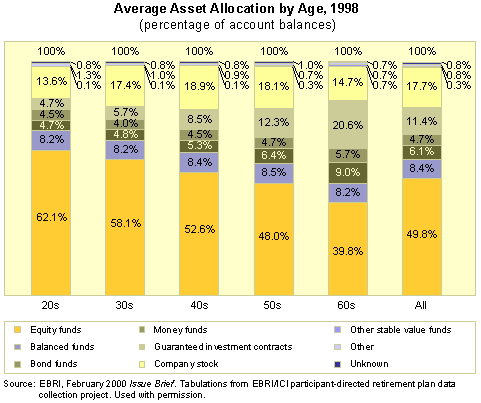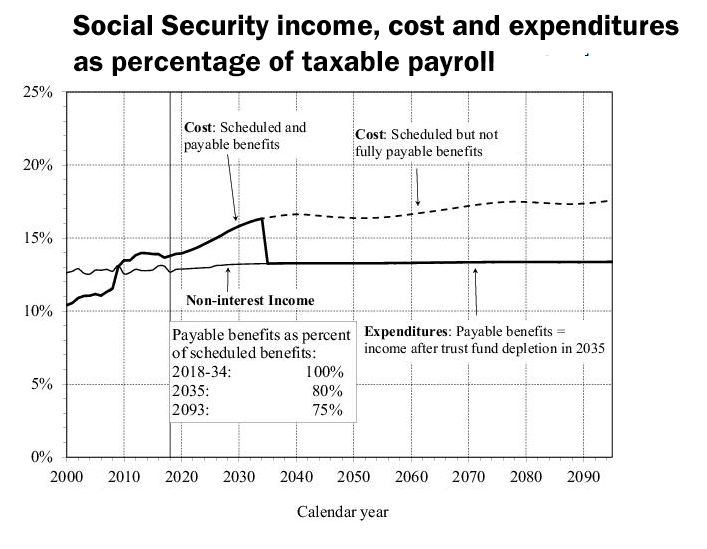
A mobile banking application is a great way for customers to stay in touch. It can also be used to alert customers to discounts or offers that may be of interest to them. You can customize notifications for each customer with a mobile banking app.
App store marketing
Marketing your app store is key to a mobile bank's success. App marketing campaigns need to go beyond the app shop. Apps should be promoted at retail locations and on bank websites. Apps cannot promote themselves, however, and developers must take the time to do market research, develop keyword strategies, and create an introductory video for the app.
App-only banks should use social media to attract new customers. It can be very efficient to use social media to attract customers. Using simple, yet effective visuals can help capture the attention of potential customers.

You will need biometric information to open a new mobile account
For opening a mobile bank account you will need biometric information such as fingerprints or an iris scan. There are several legal considerations to be aware of when using biometrics. One example is that biometric data may be re-used, which can lead to privacy issues, especially if stored in a central location. To avoid this, data protection authorities recommend using decentralized data devices, rather than centralized ones. In addition, biometric data is subject to a United Nations Resolution that sets out guidelines for computerized personal data file regulation. This resolution is not binding but it does provide a useful framework for legal deliberations.
While biometric security can make banking more convenient and secure, it can also raise privacy concerns. As more transactions become digital, biometrics are becoming more popular. Biometrics are not for everyone. FICO has found that 60 percent of people would agree to biometrics when banking is done.
Cost of a mobile phone account
You might be curious about the cost of a mobile bank account. Many banks are exploring the possibility of charging small fees for mobile banking. This fee would allow banks to cover the cost for maintaining mobile banking and the introduction of new services. A bank could also offer mobile banking free of charge.
A mobile banking service costs anywhere from $1-10, depending on what you need. There are also fees associated with paper statements, foreign transaction fees, and account closure fees. In some cases, these fees can be as high as $25.

Mobile fees
Mobile banking is a necessity for many customers. It gives you the ability to access your accounts no matter where you are located and allows you monitor your finances from anywhere. You can check your balances, transfer money to savings accounts and more right from your smartphone. In addition to the convenience of mobile banking, it also reduces the costs associated with using the banking service.
It is important to read and understand the terms of use for your mobile device in order to conduct banking transactions. There may be additional fees associated with using their services. Before signing up, make sure you fully understand the terms and conditions. For instance, mobile devices have different data processing requirements. Mobile banking apps must satisfy a number of security requirements in order to store data.
FAQ
How to Choose an Investment Advisor
The process of choosing an investment advisor is similar that selecting a financial planer. You should consider two factors: fees and experience.
This refers to the experience of the advisor over the years.
Fees are the cost of providing the service. These costs should be compared to the potential returns.
It's important to find an advisor who understands your situation and offers a package that suits you.
What is risk management in investment management?
Risk Management refers to managing risks by assessing potential losses and taking appropriate measures to minimize those losses. It involves identifying and monitoring, monitoring, controlling, and reporting on risks.
Investment strategies must include risk management. Risk management has two goals: to minimize the risk of losing investments and maximize the return.
These are the key components of risk management
-
Identifying the source of risk
-
Monitoring and measuring the risk
-
How to control the risk
-
How to manage the risk
How much do I have to pay for Retirement Planning
No. This is not a cost-free service. We offer free consultations that will show you what's possible. After that, you can decide to go ahead with our services.
How to Beat Inflation by Savings
Inflation refers the rise in prices due to increased demand and decreased supply. Since the Industrial Revolution, people have been experiencing inflation. The government regulates inflation by increasing interest rates, printing new currency (inflation). You don't need to save money to beat inflation.
You can, for example, invest in foreign markets that don't have as much inflation. Another option is to invest in precious metals. Silver and gold are both examples of "real" investments, as their prices go up despite the dollar dropping. Investors who are concerned by inflation should also consider precious metals.
Statistics
- A recent survey of financial advisors finds the median advisory fee (up to $1 million AUM) is just around 1%.1 (investopedia.com)
- These rates generally reside somewhere around 1% of AUM annually, though rates usually drop as you invest more with the firm. (yahoo.com)
- US resident who opens a new IBKR Pro individual or joint account receives a 0.25% rate reduction on margin loans. (nerdwallet.com)
- Newer, fully-automated Roboadvisor platforms intended as wealth management tools for ordinary individuals often charge far less than 1% per year of AUM and come with low minimum account balances to get started. (investopedia.com)
External Links
How To
How to Invest your Savings to Make Money
Investing your savings into different types of investments such as stock market, mutual funds, bonds, real estate, commodities, gold, and other assets gives you an opportunity to generate returns on your capital. This is what we call investing. It is important that you understand that investing doesn't guarantee a profit. However, it can increase your chances of earning profits. There are many ways to invest your savings. You can invest your savings in stocks, mutual funds, gold, commodities, real estate, bonds, stock, ETFs, or other exchange traded funds. These methods are discussed below:
Stock Market
Stock market investing is one of the most popular options for saving money. It allows you to purchase shares in companies that sell products and services similar to those you might otherwise buy. Additionally, stocks offer diversification and protection against financial loss. In the event that oil prices fall dramatically, you may be able to sell shares in your energy company and purchase shares in a company making something else.
Mutual Fund
A mutual fund refers to a group of individuals or institutions that invest in securities. They are professionally managed pools, which can be either equity, hybrid, or debt. The mutual fund's investment goals are usually determined by its board of directors.
Gold
Gold is a valuable asset that can hold its value over time. It is also considered a safe haven for economic uncertainty. It can also be used in certain countries as a currency. Due to investors looking for protection from inflation, gold prices have increased significantly in recent years. The supply and demand fundamentals determine the price of gold.
Real Estate
Real estate includes land and buildings. If you buy real property, you are the owner of the property as well as all rights. Rent out part of your home to generate additional income. You could use your home as collateral in a loan application. You may even use the home to secure tax benefits. But before you buy any type real estate, consider these factors: location, condition, age, condition, etc.
Commodity
Commodities can be described as raw materials such as metals, grains and agricultural products. As these items increase in value, so make commodity-related investments. Investors who wish to take advantage of this trend must learn to analyze graphs and charts, identify trends and determine the best entry point to their portfolios.
Bonds
BONDS ARE LOANS between companies and governments. A bond is a loan where both parties agree to repay the principal at a certain date in exchange for interest payments. As interest rates fall, bond prices increase and vice versa. Investors buy bonds to earn interest and then wait for the borrower repay the principal.
Stocks
STOCKS INVOLVE SHARES OF OWNERSHIP IN A CORPORATION. Shares are a fraction of ownership in a company. Shareholders are those who own 100 shares of XYZ Corp. You will also receive dividends if the company makes profit. Dividends refer to cash distributions made to shareholders.
ETFs
An Exchange Traded Fund is a security that tracks an indice of stocks, bonds or currencies. ETFs are traded on public exchanges like traditional mutual funds. The iShares Core S&P 500 eTF, NYSEARCA SPY, is designed to follow the performance Standard & Poor's 500 Index. This means that if you bought shares of SPY, your portfolio would automatically reflect the performance of the S&P 500.
Venture Capital
Venture capital is private funding that venture capitalists provide to entrepreneurs in order to help them start new companies. Venture capitalists provide financing to startups with little or no revenue and a high risk of failure. Usually, they invest in early-stage companies, such as those just starting out.